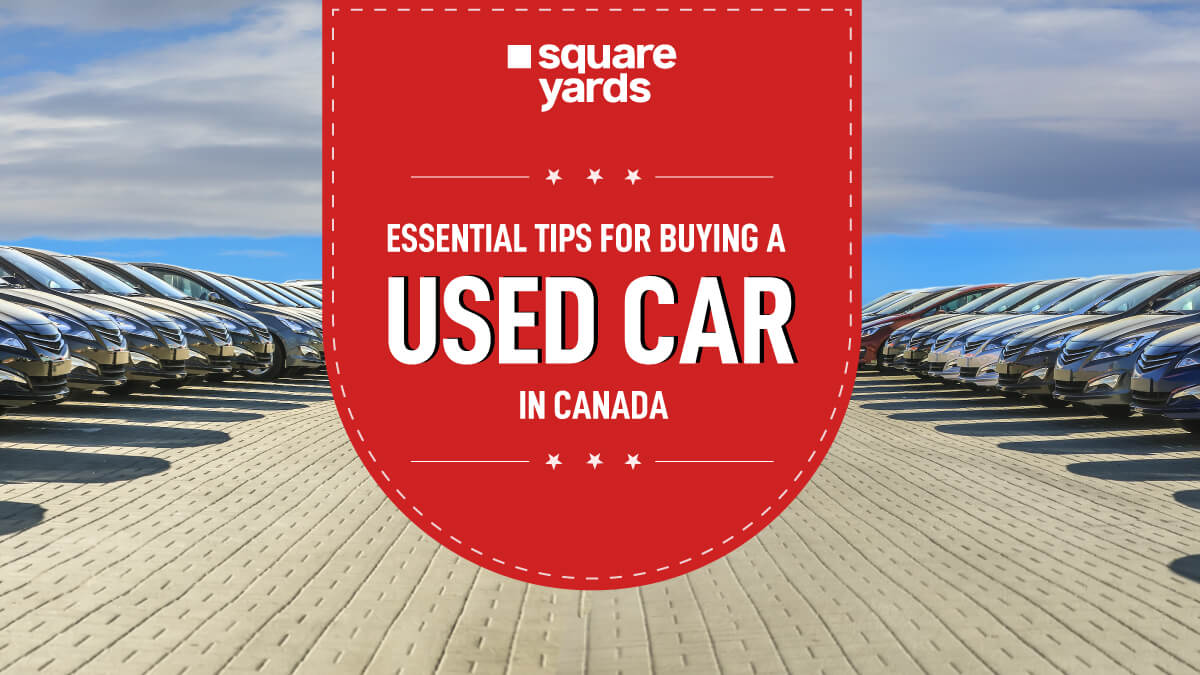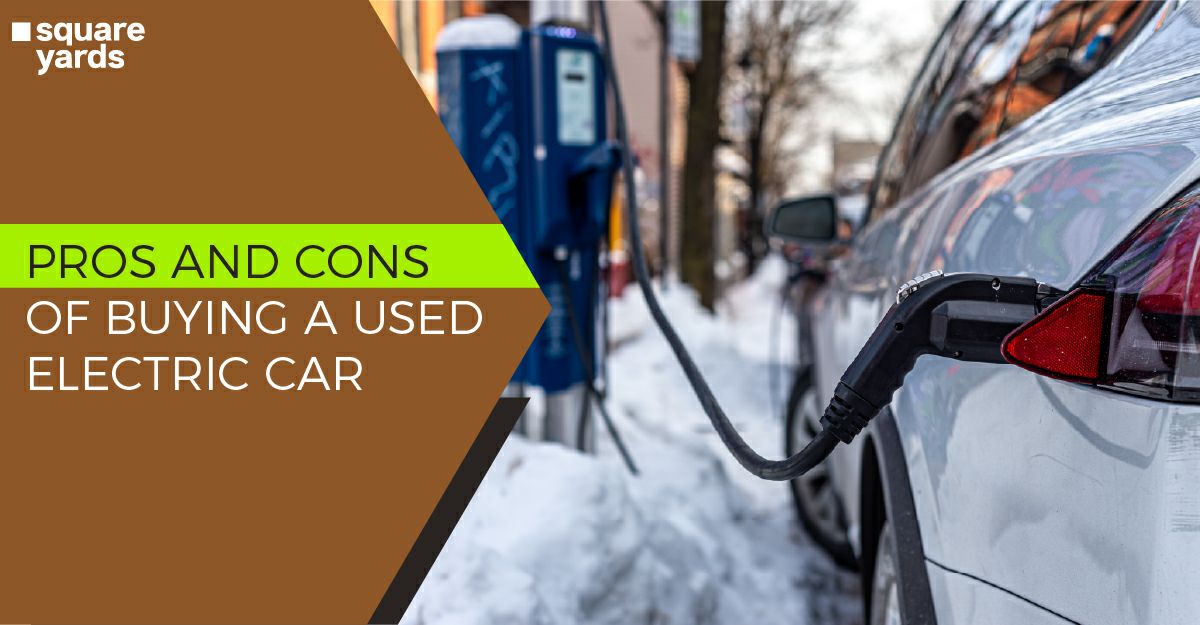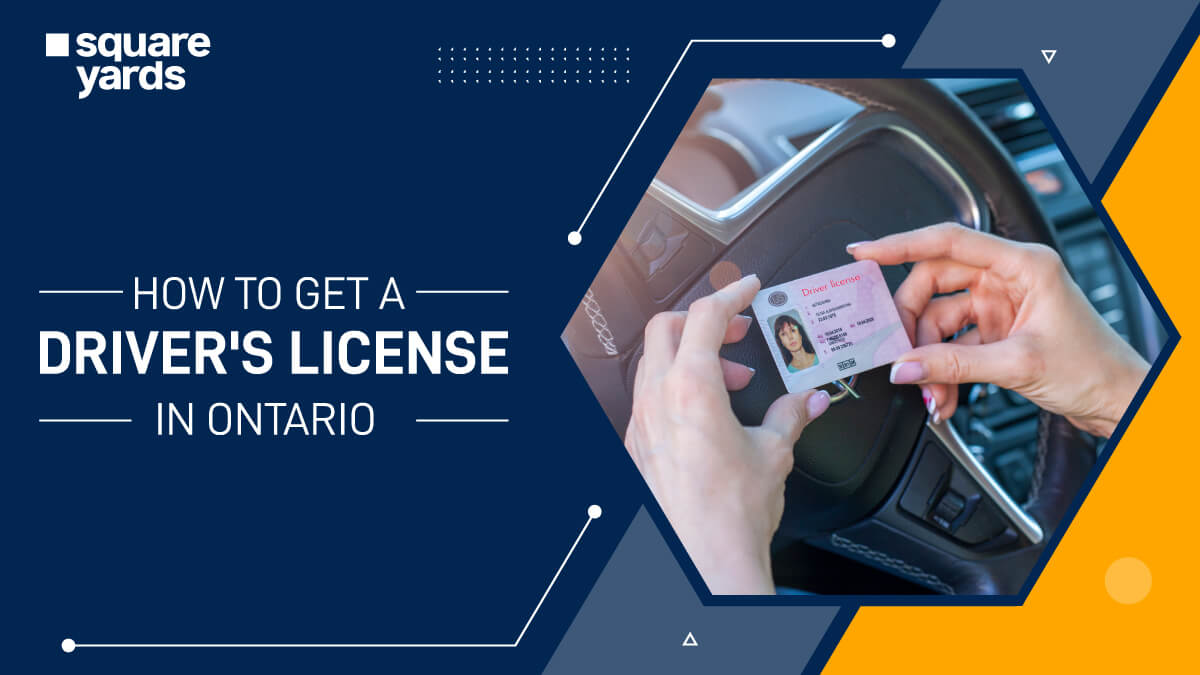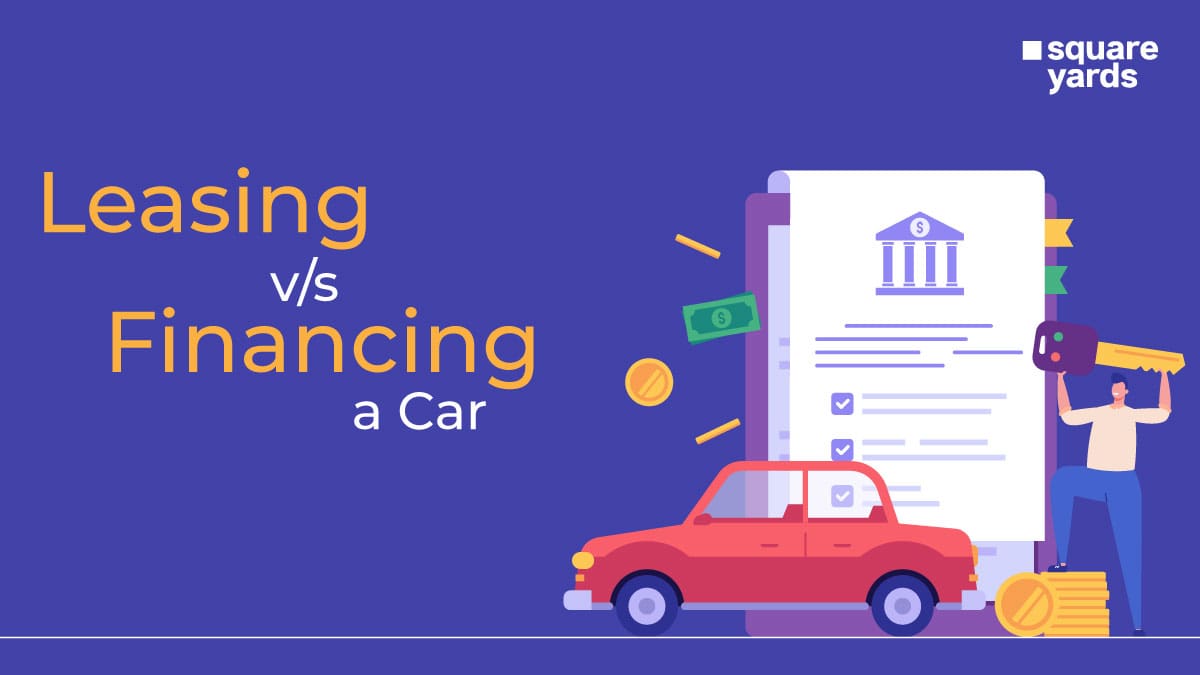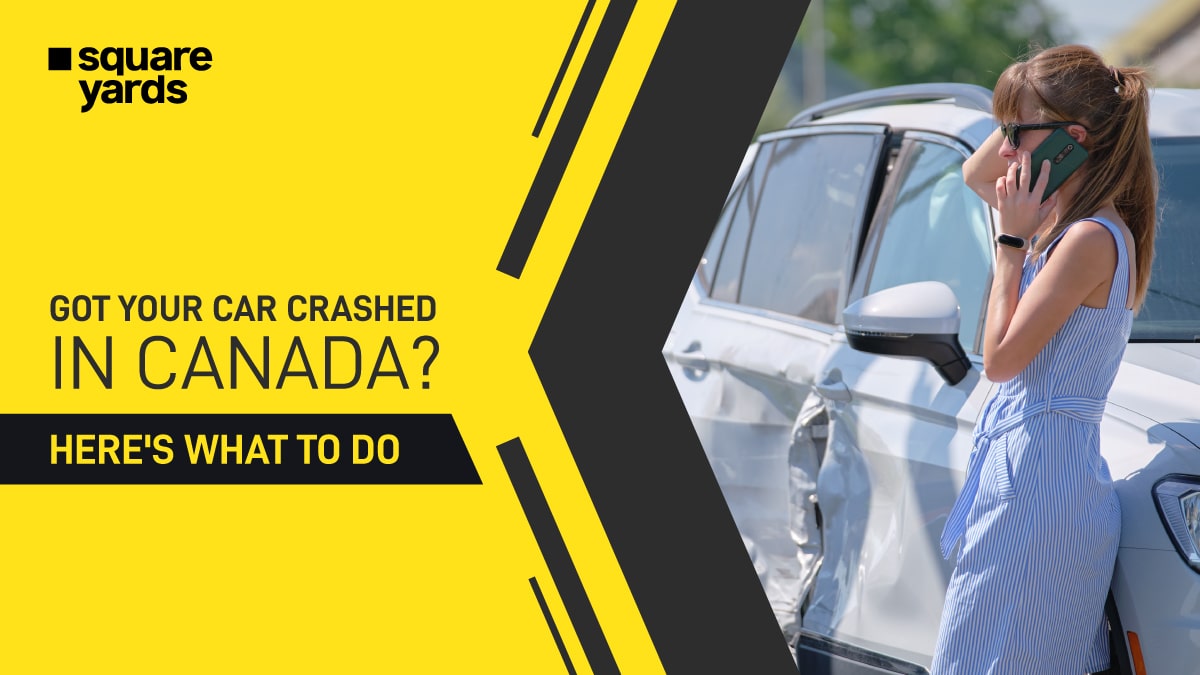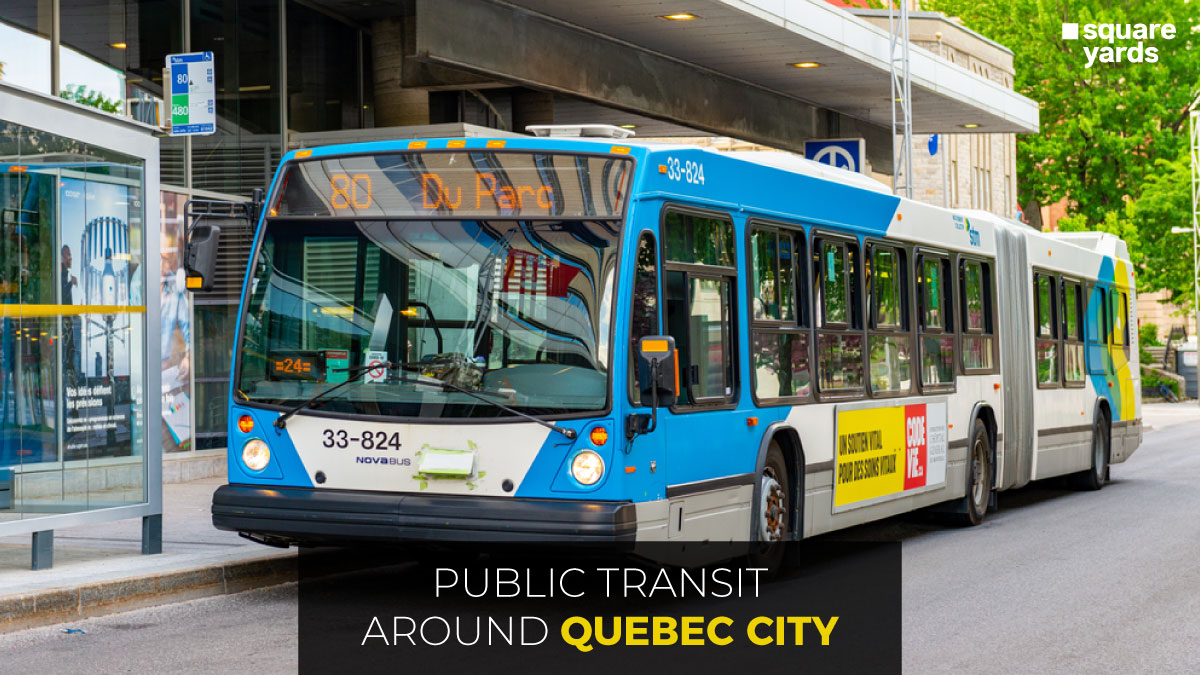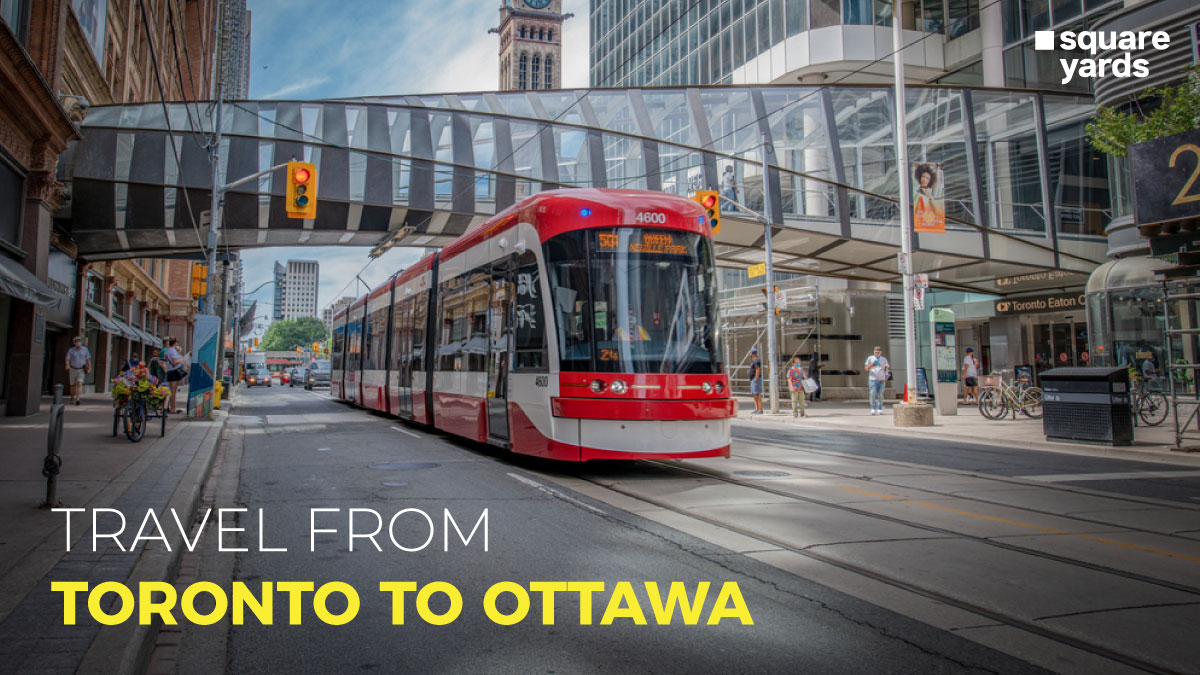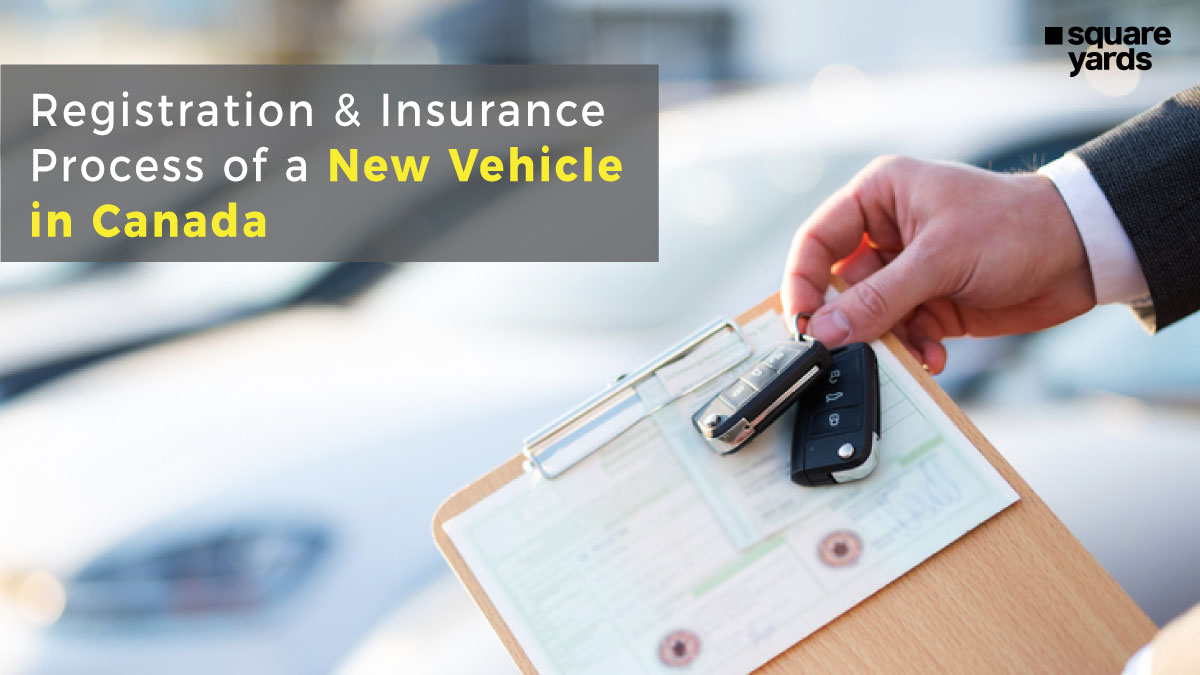The country of Canada is vast and impressive, with plenty of outdoor activities. However, public transportation outside of major cities can be problematic. As a result, many people who move here will need a vehicle to get around. If you live in a city or near a suburb, you will find it easy to get to work or the grocery store. You may not always find it convenient to have a car in Canada. However, it may be essential if you have to commute long distances, visit people or places within the city, or move materials. Many factors must be considered when purchasing a used car. After you know what kind of vehicle you want, you will need to learn about its history, take it for a ride, arrange to finance it, and bargain with the seller. That’s why the question arises “How to buy a used car in Canada” so often.
Let us show you how to find a used vehicle that meets your needs and makes you feel secure, so that you will know how to buy used car in Canada.
Step 1- Choose Suitable Automobile With Your Requirements and Preferences

First, you need to assess your requirements and preferences before you begin car shopping. Take into consideration what you need and what you can live without. Look at the vehicle’s brand/model, MSRP, gas mileage, safety ratings, crash test results, dimensions, comfort level, and resale market value. It would be best to keep several factors in mind when shopping for a car, including the number of people who will ride with you, the automobile’s intended use, and your financial situation.
To make a list of the features you need and the ones you’re willing to compromise on within your next vehicle, to save time and narrow your selections, use filters.
Step 2- Determine a Budget that Will Work for You
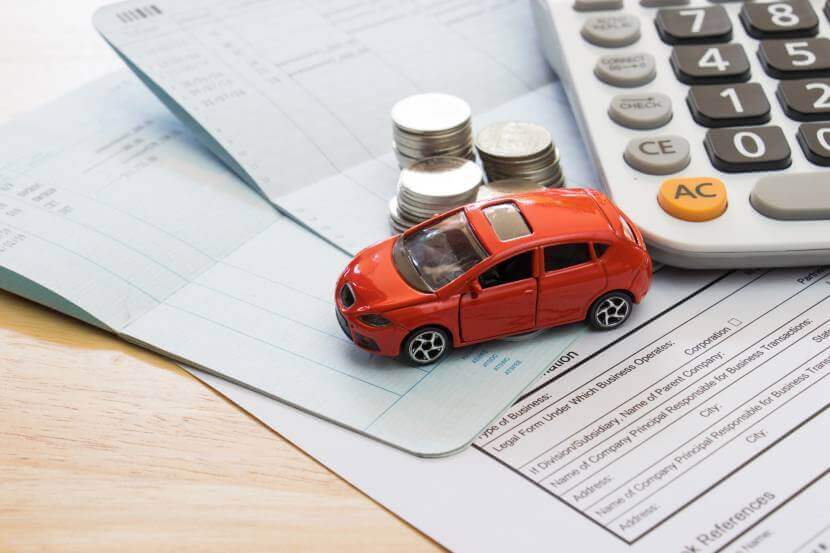
Establishing a reasonable budget is the first step in searching for an automobile in Canada. Your budget should include the down payment, monthly payments, insurance, depreciation of the vehicle, and any additional expenses you anticipate. You will also have to pay for gas and maintenance after taking title to your car, so consider this. Consider HST, registration, and plates as well.
The purchase of a pre-owned vehicle can be financed or paid off in full. A used car will have a higher effective price once you add interest and other financing expenses. You can negotiate the best financing terms with the dealer, a credit union, or a bank if you need financing. When determining your budget for a used car, be sure to include all of these extra costs.
Step 3- Start Your Search for a Used Car

It is best to begin your search how to buy used car in Canada by doing preliminary research online once you know what kind of vehicle you are interested in buying, whether it is from a dealer or a private party. In addition to providing pictures, pricing, mileage information, and locations, websites offer a convenient and speedy way to review cars.
Make sure you read customer reviews, purchasing tips, and local auctions before purchasing a pre-owned vehicle to learn about the cars near you. Alternatively, you can search the classifieds of local newspapers, buying guides, public auctions, and used car sales in your area to locate dealerships.
You can compare costs by researching what is available locally for the same brand and model. Be sure to research the vendor’s return and warranty policies as well.
Note: When dealing with private sellers, you risk being victimised by a scam. Make sure you carry out all the necessary checks and documents before proceeding.
Step 4- Conduct a Pre-Purchase Inspection and Get Vehicle History Report

It’s time to call the seller to schedule a viewing time once you find a car that meets your needs and your budget. To avoid being taken advantage of, you should ask the seller or detailed salesperson questions about the car, inspect its records, and learn as much as possible about it now.
You’ll want to ensure the car has all the right parts. If you ask a mechanic to look at your vehicle, he will point out any problems or areas of concern. These details might give you more bargaining power in a negotiation.
Getting a certified report (Carfax, Auto check , or Vin Audit) on a vehicle’s history before making a purchase is essential. This report should describe any damage or repairs the car has undergone and how many owners it has had.
Step 5- Examine the Documents and Do a Proper Test Drive

Test drives are mandatory pre-purchase steps in the Canadian auto-buying process to get an insight into a vehicle’s condition and functional capabilities.
Any trustworthy dealership will let you test drive it, and they may even make a copy of your licence before you go driving. Don’t be fooled if they won’t let you drive the car or look at it.
A 30-minute test drive is the best way to judge a car’s performance in the real world. The most effective way to practice driving is to stop, shift into gear, parallel park, turn, speed up, merge, change lanes, and stop along a route you are already familiar with. Please make sure all the extras in the car work properly by trying them out.
Request the Used Car Information Package (UVIP), the Ontario Drive Clean Emissions Test, and the Safety Standards Certificate to ensure the car is legal.
Before legally transferring ownership, you will need to complete and sign the UVIP, including all the necessary forms. The other two aren’t required by law, but you should insist on having them completed before buying the car because you will take on a lot more liability without them.
Step 6- Attempt to Reach an Agreement with the Seller

You can confidently make an offer based on your analysis and financial capabilities once you’ve researched the vehicle’s market value and the other elements that play into determining its worth. Before starting negotiations, determine the car’s fair market value and any additional costs. Make your offer based on what similar cars in your area are asking for.
When you know that a seller is asking too much, you can use your knowledge to negotiate a lower price. A good agreement will benefit both parties, so keep your cool and be ready to walk away if needed.
Step 7- After Insurance and Registration, You’re Ready to Drive

The sale and registration process kicks off once the buyer determines that the car is in good condition and has passed any safety inspections.
The first step in becoming the official owner of a car is to get it insured and registered with the government after you have paid the vendor in full. Each state or province has its own rules and procedures for selling a second hand automobile. If you need more details, you should check the websites of the relevant areas and territories.
To ensure adequate coverage, you should check or revaluate your insurance needs when purchasing buy used car in Canada. Providing evidence of your insurance is crucial to closing the deal, so it’s a good idea to compare insurance providers, rates, and deductibles before choosing one.
When you purchase a vehicle from a car dealer, they will often handle all of the paperwork and provide advice on available financing programmes. However, if you’re buying a car from a private party, ensure you get the title and registration.
You will need insurance documentation if you wish to register your car with the authorities. To operate legally, you must first register your car with the Ministry of Transportation (MTO). The operation of a vehicle without a current licence plate and validation stamp is prohibited.
Conclusion
When it’s time to how to buy used car in Canada and you don’t want to spend as much as you would on a brand-new model, consider purchasing a used car instead. Just be aware that taking advantage of this option involves increased risk and lengthy procedures.
It’s time to buy a vehicle in Canada! You finally got the car you always wanted, and not only did you get it at a reasonable price, but you could also drive it whenever you wanted. The time and effort have been worth it, and now it’s time to enjoy your vehicle through Canada’s beautiful highways and breath taking landscapes.
You May Also Read
| Leasing vs Financing a Car in Canada | What to do – Totaled Car in Canada |
| Buy a Vehicle Out of Province | Tips to Buy Electric Cars in Canada |
Frequently Asked Question (FAQs)
You must have the following if you wish to own a used car legally in Canada: a valid insurance policy, a legal driving licence, and a vehicle registration. You must also procure these three documents in this order: your licence, insurance, and registration according to Canadian law.
Yes, it can be a good option to buy a pre-owned car in Canada, provided you do a proper check before finalising the car. Moreover, second-hand cars are sold at a much lower price, which is again a big benefit since they are as good as new but at half the price. Additionally, a pre-owned car can have other benefits, such as offering good value for money with a much lower insurance rate and monthly payments.
Remember to do these things before you buy any used car in Canada. Be sure of what you want and do solid research Have a set budget and (do not exceed it if you have a cash crunch) Use all the options available for financing (check with your banks) Remember to check the Carfax report Most definitely, take a test drive Get a professional to inspect the car, like a friend or family member If you find even the slightest inconvenience, be prepared to let go of the deal no matter how badly you want the car.
Things you need to avoid while buying a used car in Canada. Not getting your finances right before finalising the car Buying only on the consideration of low monthly repayments. Not taking a test drive. Not getting the car double-checked by a professional mechanic Trying to negotiate in person Buying a car only on the basis of its looks Not checking the history report of the vehicle
You can calculate if a car is giving you good mileage or not in just one simple step. Multiply the age of the car by 12,000. For reference, a 5-year-old car’s good mileage will be 60,000. A big difference in the mileage, be it less or more, can indicate a problem which may bother you or the vehicle in the future. However, just checking the mileage is not enough, and sometimes the mileage can also be misleading.
Yes, as a Canadian citizen, you have all the rights to reject anything faulty, and according to this, you must get a full refund within a month of buying. After a month, 30 days to be exact, you will lose the right to a short term to not accept the item. Additionally, you will be entitled to fewer rights wherein you will only be able to get a replacement of a particular part or a repair of a damaged part. If you are lucky, you might get a partial refund as well.
The minimum warranty on a used car in Canada is 3 months. Sometimes you can also get a warranty for 6 or 12 months. It completely depends on how old the car is. The older the car, the less the warranty. If you buy a second-hand car from a franchised dealer, you may get a minimum warranty of 12 months as they sell cars under an ‘approved used’ policy.
The best and safest way to pay for a used car in Canada is by paying with a cashier’s cheque. This is a more secured payment method than a personal cheque and it also assures that there is actually the availability of appropriate funds by the buyer. What are the requirements for buying a car in Canada?
Is it good to buy second hand car in Canada?
What do I need to do before buying a used car?
What should you not do when buying a used car?
What is a good mileage for a used car?
Can you return a used car if it has problems?
What is the minimum warranty on a used car?
What is the safest way to pay for a used car?

